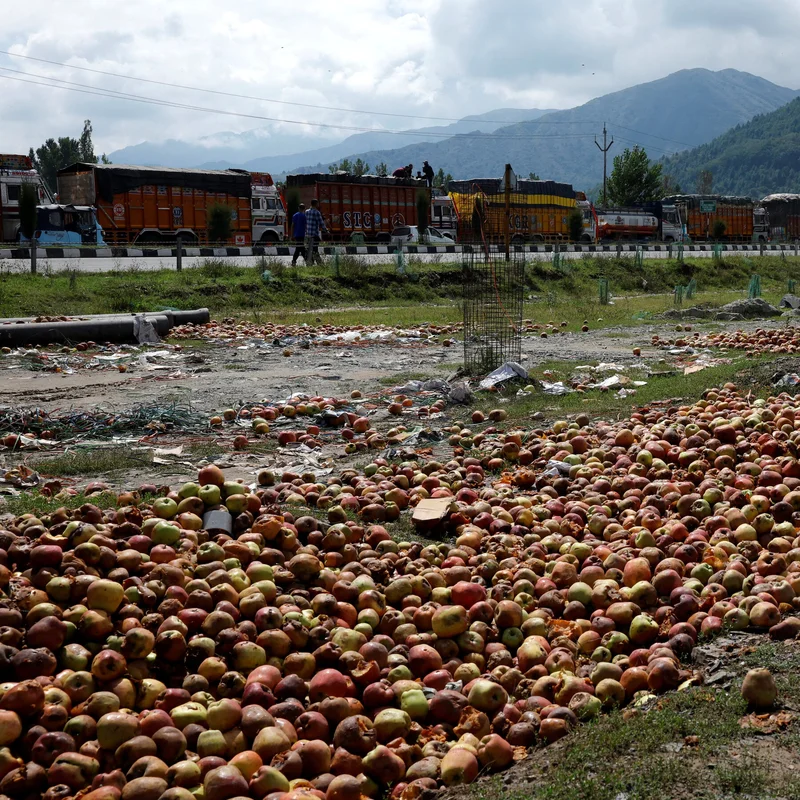Table of Contents
- Devastation in New River
- Hurricane Melissa: A Category 5 Monster
- Dead Livestock and Rising Floodwaters
- Infrastructure Collapse Worsens Crisis
- Human Toll and Fears of More Deaths
- Rescue and Recovery Efforts
- Sources
Devastation in New River
In the small coastal community of New River, nestled in Jamaica’s St. Elizabeth parish, Hurricane Melissa didn’t just pass through—it left behind a nightmare. Three days after the storm made landfall, residents are still stranded in waist-high floodwaters, surrounded by debris, ruined homes, and the rotting carcasses of livestock.
“The water is starting to get infested,” said Isaiah Beck, a local carpenter, as he hesitated to cross a flooded path toward what remained of his home. “There’s a dead cow and hog… the water is coming from all sides.”
Hurricane Melissa: A Category 5 Monster
Hurricane Melissa has been confirmed as one of the most powerful Atlantic storms ever recorded. As a Category 5 hurricane, it tore across the Caribbean with sustained winds exceeding 160 mph, first hammering Haiti—where at least 30 lives were lost—and then slamming into western Jamaica with terrifying force.
In Jamaica alone, officials have confirmed at least 19 deaths, but warn the number is expected to rise as rescue teams reach isolated communities like New River for the first time.
Dead Livestock and Rising Floodwaters
What makes the aftermath in New River especially harrowing isn’t just the destruction—it’s the lingering health hazard. Floodwaters, already chest-high in places, are now contaminated with decomposing animal remains. Drone footage captured scenes of a dead pig and cow floating in stagnant pools, turning neighborhoods into biohazard zones.
Residents like 64-year-old Reginald Campbell are desperate to salvage anything usable. “I am trying to get some sun on it because it is starting to stink,” he shouted from his porch, dragging soaked mattresses into the open air. With no electricity and blocked drainage systems, the water shows no sign of receding.
Infrastructure Collapse Worsens Crisis
The storm peeled roofs off homes like paper, forcing families to flee from house to house during the worst of the winds. Now, the real crisis is unfolding in silence: clogged drainage channels are preventing floodwaters from draining, causing them to rise again—even days after the rain stopped.
Locals report that roads are impassable, power lines dangle from snapped trees, and communication remains spotty. One man was seen climbing a tree with a chainsaw to clear live wires—a dangerous act of desperation in a place where official help has yet to arrive.
Human Toll and Fears of More Deaths
Weston Brown, an embalmer who works with local funeral homes, fears the worst is yet to come. After inspecting the damaged Bailey Parlor funeral home—its roof half-gone—he warned that bodies may be decomposing inside unvisited homes. “We are going to have more people dying,” he said grimly. “People are going to start dying from hunger.”
With supply routes cut off and clean water scarce, the risk of disease outbreaks looms large. Children wander barefoot through contaminated water, carrying their few belongings in plastic bags—a heartbreaking symbol of displacement in a forgotten corner of the island.
Rescue and Recovery Efforts
Jamaican authorities have declared an “all-hands-on-deck” response to what Information Minister Dana Morris Dixon called “unimaginable devastation.” Emergency crews are working to restore access to hard-hit zones, but terrain and infrastructure damage are slowing progress.
For now, communities like New River are relying on each other—neighbors sharing food, clearing debris by hand, and drying clothes in whatever sunlight they can find. Their resilience is evident, but so is their exhaustion.



